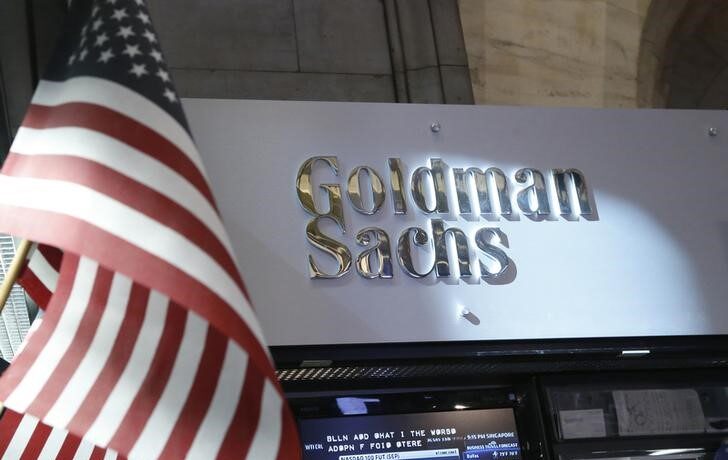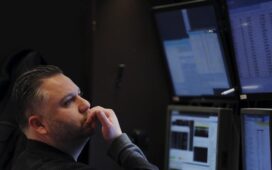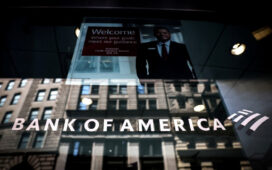In the current economic environment, characterized by recent equity market weakness and disappointing July employment figures, investors are increasingly concerned about potential growth slowdowns. However, analysts at Goldman Sachs have identified attractive put options as a prudent hedge against these growth risks.
Goldman Sachs’ economists have raised their 12-month recession probability forecast by 10 percentage points to 25%, driven by a rise in the unemployment rate to 4.3% in July 2024.
“While our economists think the risks are somewhat higher than the historical unconditional average 12-month probability of about 15%, they continue to see recession risk as limited and do not see major financial imbalance,” the analysts said.
However, they anticipate that markets will be particularly sensitive to incoming economic data, making hedging against growth risks a strategic necessity.
As investors shift their focus from microeconomic factors, such as earnings, to macroeconomic indicators ahead of the September FOMC meeting, analysts recommend the use of put options on select stocks and ETFs.
The volatility index () has decreased by 23 points since its August 5th spike, but both index and single-stock implied volatilities remain high compared to recent history. This environment presents a challenge in finding cost-effective hedges, but Goldman Sachs has identified several opportunities where options prices are relatively low despite high sensitivity to U.S. growth.
Goldman Sachs has conducted a detailed screening of stocks and ETFs with high sensitivity to U.S. growth. The selected options have been found to offer attractive hedging potential due to their relatively low pricing in relation to the underlying assets’ growth sensitivity.
Among individual stocks, KeyCorp (NYSE:), AerCap Holdings NV, and Fifth Third Bancorp (NASDAQ:) stand out as particularly attractive put options. These companies exhibit above-average sensitivity to U.S. growth, with options that are relatively inexpensive based on their implied volatility.
In the ETF space, Financials, Consumer Discretionary, and Materials ETFs are flagged as effective hedges. These ETFs have shown high beta and correlation to U.S. growth while maintaining lower options prices.
The recommended put options on these ETFs are structured to cover upcoming macroeconomic events, including the September and November FOMC meetings, U.S. presidential elections, and various key data releases.
Goldman Sachs also addresses specific thematic risks, including potential drawdowns in mega-cap tech stocks and the impact of rising interest rates.
For tech stocks, which are currently trading at stretched valuations despite recent underperformance, analysts recommend tactical hedges through put options.
Similarly, given the elevated prices of interest rate options relative to historical levels, put options are advised to mitigate rate risks.
Goldman Sachs estimates the beta of each stock and ETF relative to cyclicals versus defensives using weekly data over the past three years. This approach focuses on the daily sensitivity of assets to growth risks rather than relying solely on historical relationships.
The selected assets for hedging have liquid options markets and are highly correlated with U.S. growth, ensuring their tradability and relevance.





